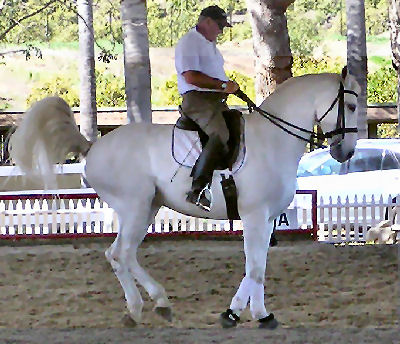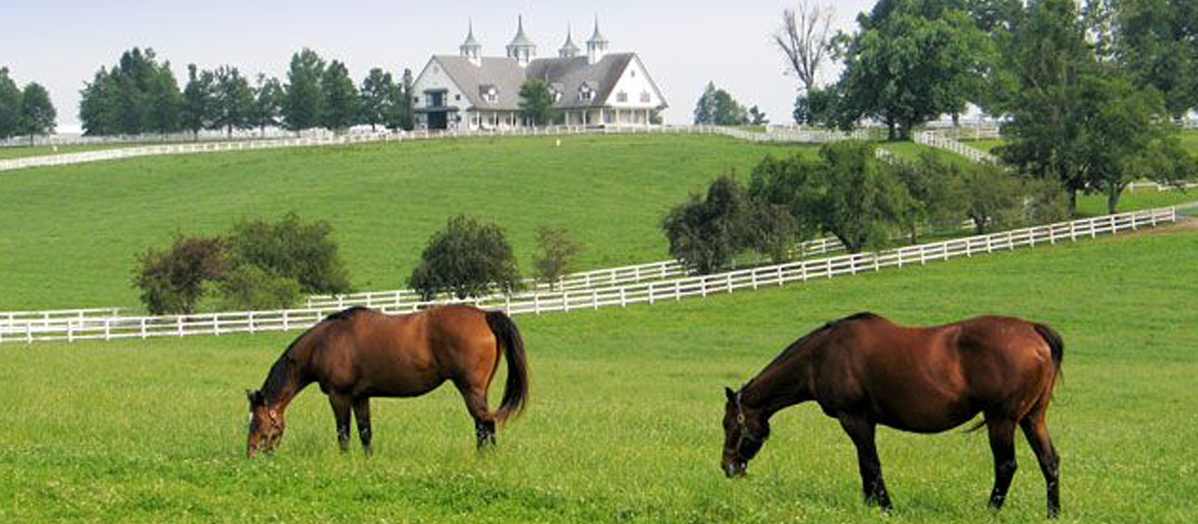365 Days in Horse Country – The Lusitano

The Iberian Peninsula has produced many fine horses, among them the Andalusian of Spain and the Lusitano of Portugal. First developed for warfare, the Lusitano is now used in Portugal in the bull fighting ring. Both situations call for a horse that must remain calm and move with agility to protect its rider in the face of attack. The two breeds bear a certain similarity and are believed to have a common ancestor. Until 1960, they even shared a registry, and in North America both breeds are registered with the International Andalusian and Lusitano Horse Association.
In appearance, the Lusitano may more closely resemble the original Iberian horse, while the Andalusian, more influenced by the Arab, has something of an Oriental head shape. Portuguese breeders have set up their own stub book, allowing them to more easily and successfully make improvements in the breed.
The Lusitano is characterized by a long, noble head with a convex profile and finely curved nose: large, generous eyes; a powerful arched neck; short-coupled body; broad, powerful loins; and fine, clean legs with dense bones. Most notably, its movement gives a smooth and comfortable ride. The Lusitano usually stands 15.1 to 15.3 hands, but some reach more than 16 hands. Most often gray or bay, the Lusitano may be any true colour, including dun and chestnut. Rarely, they come in palomino, buckskin, or cremello, and Lusitanos in those colours are highly sought after. The mane and tail are thick and silky.
This is an intelligent, sensible horse with a kind temperament. The Lusitano bonds strongly with people, no doubt a remnant of its long history of working closely with them on the battlefield and its simulation, the bull ring. The Lusitano can be found competing in dressage and show jumping or simply enjoying a trail with her rider.
Michael







